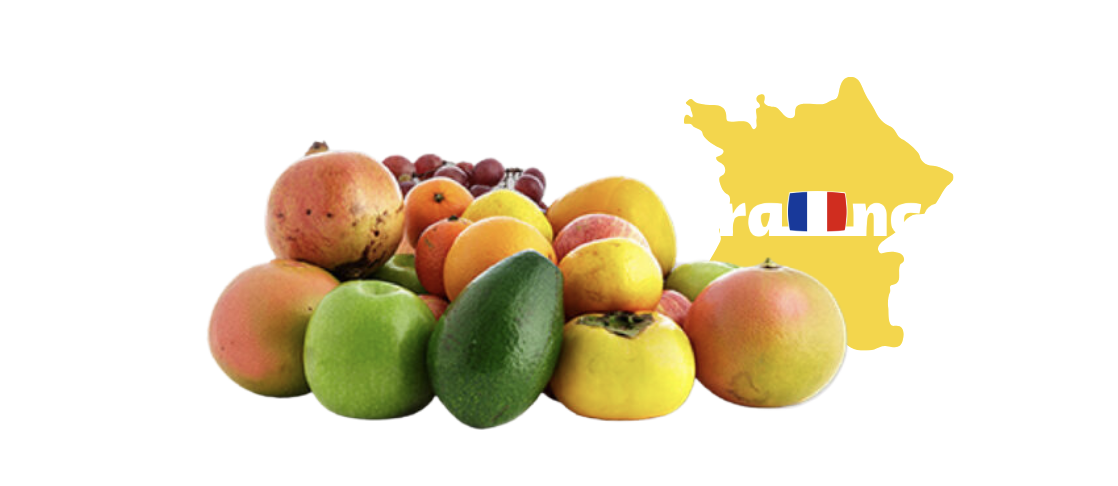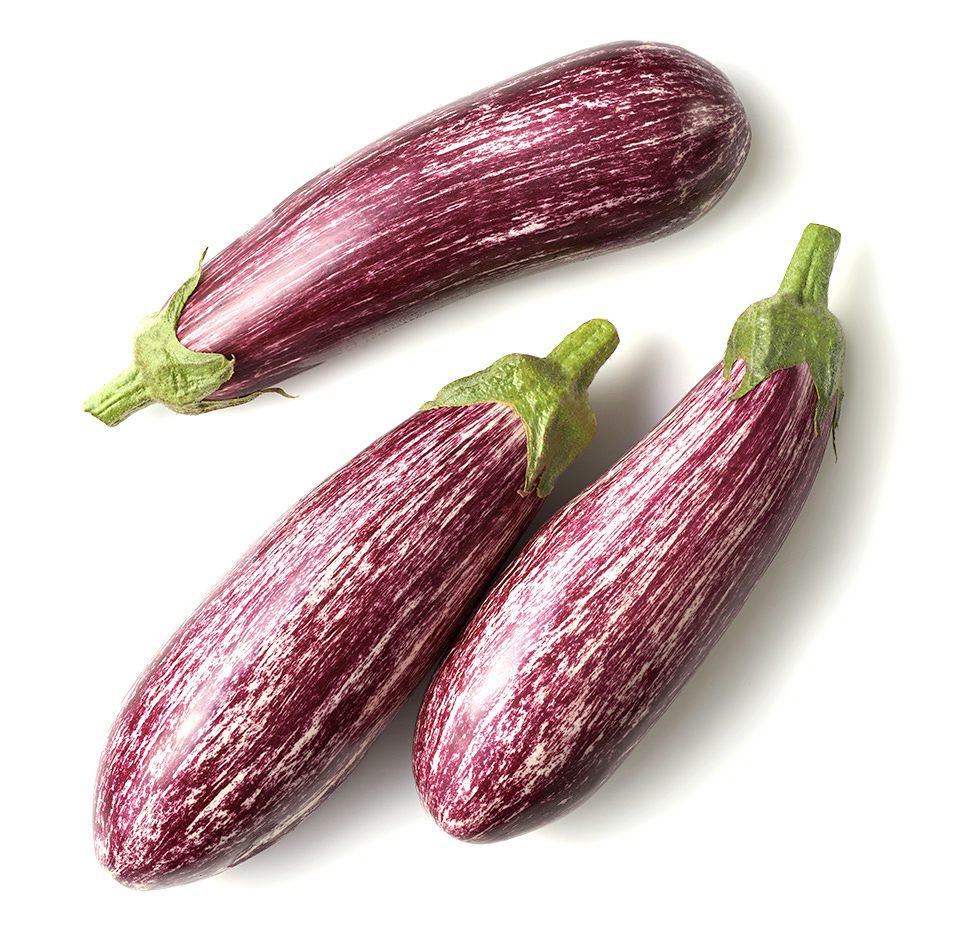Description
A LA CARTE
🚚 The Fastest Delivery Time : 2-day delivery.
🐝 Supplier / Place Of Origin:A LA CARTE / France
🔖 Certification: Organic European
🌱 About the Producer:
We select our suppliers for the love they put in their products,
seeking the best quality while respecting traditional production methods.
Most of them are family owned, of human size. We value the direct collaboration with them.
By buying directly at the source, we are proud to contribute to the local economy,
while ensuring that, ultimately, our clients get the most tasty and fresh products at the best prices.
All our farmers follow specific certifications minimizing the use of chemicals. From sustainable agriculture ‘’Agriculture Raisonnee’’ (AR) to Organic certified ‘’Agriculture Biologique’’ (AB), these guarantees that the fruits delivered to you a safe and healthy. On top of the tests done by our farmers, we also perform our own chemical test upon each arrival of the fruits.
🌱 Supplier Products:
🛍 Product Information (Main) (English):
Culinary Uses: Can be used in any recipe that calls for regular eggplant, but are particularly well-suited for grilling, roasting, or baking.
The distinctive striping may fade when cooked.
They are a good source of antioxidants and can be a healthy addition to your diet.
Graffiti eggplant is sometimes referred to as "ugly produce" but is perfectly edible and delicious.

Graffiti eggplants vary in size and shape, depending on cultivation conditions, but are generally small to medium in size, averaging 7 to 15 centimeters in length. The eggplants have an oblong, oval, and slightly squat shape with blunt curved ends and are topped with a thick, green stem and leaves that extend down the shoulders. The skin is smooth, thin, taut, glossy, and firm, showcasing variegated and mottled purple-white striping. Underneath the surface, the white flesh is springy, moist, and dense when raw. The flesh oxidizes quickly after exposure to the air and is filled with tiny cream-colored seeds. Once cooked, the flesh softens into a tender, succulent, and melting consistency. Graffiti eggplants are edible after cooking and should feel heavy for their size without visible blemishes or wrinkling. Select eggplants that are firm but have a slight give when gently squeezed. Graffiti eggplants are known for their sweeter flavors and also bear a light, sweet aroma when sliced. The variety must be cooked and has a sweet and slightly fruity flavor without the bitterness commonly found in other cultivars.
Seasons/Availability
Graffiti eggplants are available year-round, with a peak season from summer through early fall when grown outdoors. Graffiti eggplants are also planted in greenhouses, extending their presence in markets throughout the year.
🥗 Product Recipe (English):
Applications
Graffiti eggplants and other purple and white striped varieties have a sweeter, less bitter taste suited for cooked culinary preparations. Eggplants cannot be eaten raw and must be cooked. The variety has thin skin that can be left intact during cooking, and the flesh is firm, absorbing less oil in dishes than other types. It is important to note that Graffiti eggplants lose their distinct striping with the cooking process and develop a muted purple-grey coloring. The variety is treated similarly to other purple eggplants in recipes and is popularly prepared into dips in the Mediterranean, like baba ganoush and muttabal. These dips are often flavored with lemon juice, aromatics, spices, and tahini and are served with flatbread or crackers. Eggplants are also cooked into various relishes, chutneys, and jams. For overall use, Graffiti eggplants are versatile and can be sauteed, grilled, stewed, roasted, baked, or pan-fried. In Asia, striped varieties are added to soups, curries, and stews, sauteed over rice with other vegetables, or tossed into stir-fries. In Italy, eggplants are incorporated into pizza and pasta dishes, breaded and fried, or layered and baked with mozzarella and parmesan in a tomato-based sauce in the famous eggplant parmesan. Striped eggplants are also prepared in caponata, a well-known, hearty staple dish served in Sicily, which includes eggplants, capers, tomatoes, and olives. In France, striped eggplants are often used to make ratatouille, and in Spain, the eggplants are cooked and stuffed with rice, herbs, and meats. In Greece, eggplants are layered into creamy moussaka, baked with tomatoes and feta, or sliced in half, cooked, and served as appetizers with savory sauces and toppings. Graffiti eggplants pair well with aromatics such as shallots, garlic, and onions, red bell peppers, chickpeas, spices such as cumin, basil, parsley, oregano, and zataar, and meats such as lamb, pork, poultry, and beef. Whole, unwashed eggplants will keep for several days to weeks when stored in a bag and placed in the refrigerator’s crisper drawer.
Recipe Ideas
Recipes that include Graffiti Eggplant. One

is easiest, three is harder.
Google Recipe 🔍 :

English CookPad 🍳 :

BBC Good Food 🥙 :

















